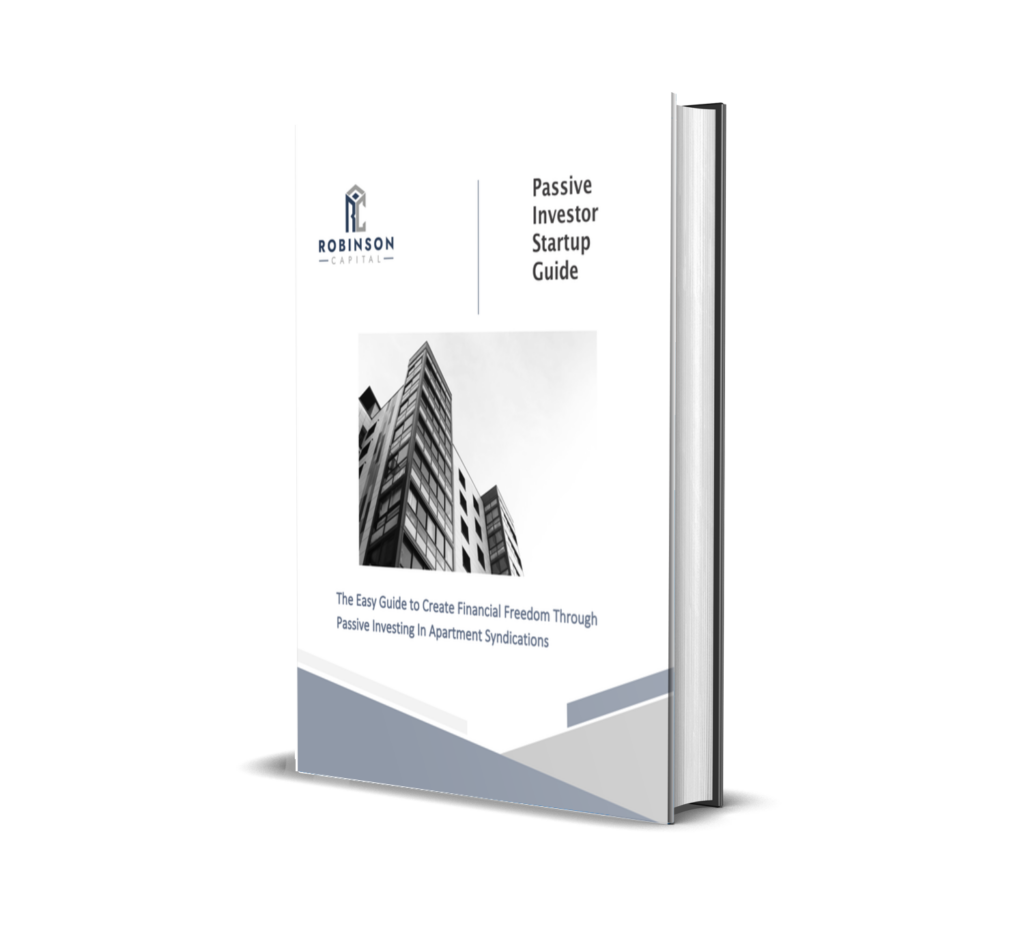One of the core threats to the income your property produces is vacancy. Vacancy is a term most often used to to describe the level of occupancy of a particularly property. Each unit that is unoccupied is lost income potential. Vacancy is one of the largest expenses to your rental operations. It is easy to understand the importance of minimizing vacancy. Let’s describe in more detail two types of vacancy.
Physical Vacancy
Most people think of vacancy as what I described above; the physical uninhabited unit in your house or multi-family property. In this case, physical vacancy is the opposite of occupancy. Physical vacancy is costly, especially for single-family investors, who during the time that the unit is vacant, suffer from 100% vacancy (zero occupied units in the property), which also translates to zero income. Painful. An added cost of physical vacancy is the need to “turn” a unit, which means to prepare it for the next tenant. Inevitably, turning a unit requires expenses for repairs and freshening a unit for the next person. This is what makes physical vacancy a costly experience: the actual loss of income from vacancy plus the cost of turning the unit.
Economic Vacancy
Economic vacancy, the lesser known brother of physical vacancy, represents not only physical vacancy but other threats and losses to your Gross Potential Income. Whereas physical vacancy only represents the absence of a paying tenant, economic vacancy also accounts for the loss of potential income when a tenant exists. Here are a few examples:
Concessions – Concessions are any arrangement that the landlord or property makes with the tenant for some incentive. They can be discounted rent, free first-month’s rent or some other promotion. These arrangements represent a loss of potential income to the investor.
Bad Debt – Bad debt is a term to describe the delinquency of rent that should have been received. Whereas physical vacancy is not having a paying tenant; bad debt results from not having a tenant pay.
Of course, any investor should account for the occasional hardship in the renter base. However, there are certain things that can be done proactively to limit the risk of bad debt in your portfolio.
Primarily, it is important to screen well and look at rental history to ensure that any tenant at your property has shown a history of responsible behavior. History is often a good indicator of the future. For more information on screening, check out #1 Cause of Real Estate Horror stories.
Summary
Many people, when evaluating real estate investment opportunities, consider only the Gross Income Potential of the property, without having accounted for vacancy. Vacancy comes in various flavors, and neither tastes good. While they cannot be avoided altogether, thorough due diligence must be conducted to ensure there is a solid understanding of the historical physical vacancy as well as any economic vacancy. Unfortunately, many sellers are not sophisticated and do not account for vacancy properly, so take the time to familiarize yourself with these concepts and ask about these line items when evaluating the next multi-family investment opportunity.
Passive Investor Startup Guide

To find out more about what it looks like to invest as a passive investor in multifamily real estate, download our free Passive Investor Startup Guide here!
Popular Passive Investor Articles
- – Mindset: Freedom through passive investing
– What is multi-family syndication?
– Do I have to be accredited to invest in a syndication?
– How passive investors can find great sponsors
– What to look for in potential syndicators
– About Robinson Capital

.

Rodney Robinson II
[email protected]